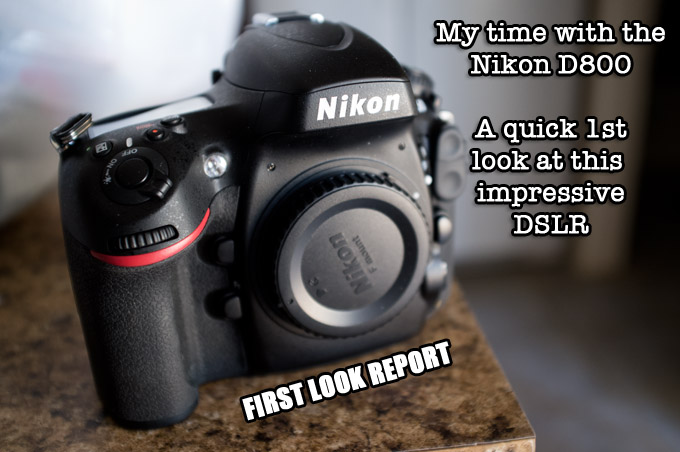
My time with the Nikon D800 and Zeiss 35 1.4 – A quick 1st look report.
I have only had this Nikon D800 for a short time so instead of writing a big long-winded real world use report, I decided to just keep it basic and short, much like I did when I wrote my old original D700 review almost 3 years ago (So this is only a 1st look report). The D700 was and still is a pretty special DSLR. It was the camera to come along and take on the original Canon 5D and in my opinion, it beat the 5D (Mark I) in every way. IQ, AF, Build, etc. I loved the D700. The build, the feel, the control, the whole Nikon thing…yea, I preferred it to the 5D though I also had a warm spot for the 5D’s creamy rendering. The reality is that the D700 and original Canon 5D are both beautiful cameras capable of professional output. Which one to choose back then came down to ergonomics and lens selection. Also, personal preference. I’ve had my love affairs with both Nikon and Canon DSLR’s over the years but it was the D700 that really hooked me into full frame digital for some reason, I think because back then when I was in to DSLR’s more the Nikon’s always seemed to have better and more rugged body styles. Better ergonomics as well. I also always seemed to see more documentary photos shot with Nikon cameras over the years, whether it was film or digital. Nikon’s have always had a way of putting out rich color and I enjoyed the files coning out of their DSLR’s for many years. From the D100 to the D700.
The richness of the D800 files can be intense at times. This is a shot with the Zeiss 35 of the AZ wildfires still smoking
Full Frame – There is still an advantage
90% of cameras today are not full frame. What I mean by this is, that most cameras today have smaller than full frame 35mm format sensors. Point & Shoots have teeny tiny sensors, hobbyist cameras go a little bigger, enthusiast models go for APS-C and finally we have a couple of “full frame” sensor cameras which belong to Nikon and Canon. The D700, D800 and the Canon 5D and 1ds series. These cameras are considered “pro” cameras because they have the build, the speed, the low light capabilities and the overall image quality that can satisfy just about anyone. A DSLR has the capability to shoot just about anything. Sports, wildlife, macro, portraits, fashion, studio. They are the true workhorse of the industry and while I love my Leica M9 and shoot it in pro situations (weddings, converts, and even some studio work over the years) you can not deny it is the DSLR that is the tried and true camera of the professional.
[ad#EMBED]
With full frame you can take amazing images with shallow depth of field or even crisp images with HUGE depth of field. As mentioned, DSLR’s are the most versatile cameras you can buy and can shoot everything from still life to portraits to sports to macro to wildlife, all without a hiccup.
When I reviewed the NIkon D3s I was BLOWN AWAY at what I could get out of that camera inn low light. ISO 102,000? yep. Didn’t even break a sweat. While I was amazed I was also sore! That D3s was and is a beast of a camera and taking it out for a few hours killed my wrist. It was much more enjoyable at that time take out my Leica M9. So while I really appreciated what the D3s brought to the table, I knew it was not a camera for my personal use as it was just too big.
Since that review we have had so many new cameras come out that are much smaller and really good enough for most shooters. The fact is that a huge percentage of D800 buyers will be hobbyists, enthusiasts and passionate people who just want “the” hot DSLR and for many, it is overkill IMO. The D800 will pump out AMAZING results and image with high dynamic range and superb color and detail, but if you are just going to resize for web use…you can save money and your arm with a much less expensive camera that will also give gorgeous results.
Cameras that come to mind that have tremendous IQ in a small package? Leica X1 and X2, Fuji X100, Olympus E-M5…all fantastic. Are they a D800? NO they are not but each of these cameras can give you output that is just as pleasing as what comes out of a D800 (minus the crazy resolution of course). But for full-time or part-time pros or those who really want the best bang for the professional buck, the D800 is a winner and at $3000 it is not overpriced as you do get what you pay for and the D800 gives you quite a bit for that cashola.
The file sizes are huge, the files are sharp and detailed and rich, the color is nice and you will have really good low light performance as well. The build is solid and pro and the speed is as fast as anyone can ask for. In my eyes, the ONLY weakness of this system is the SIZE and WEIGHT. That is about it and users of this camera really do not seem to care about size and weight 🙂 The full frame sensor here is really nice but it is my personal opinion the 12MP of the D700 was plenty though I feel 18MP is the sweet spot in the digital world. Yep, 36MP is almost overkill for my uses but it does give you nice Medium Format results.
Is this TOO much resolution for a digital 35mm format camera?
Sometimes too much of a good thing is just too much. The D700 was 12MP of sweetness. Easy to work with and open the files, gorgeous prints, nice fat quality pixels on that big sensor. Yep, it was and still is a winner. The D800 is now more advanced with HD video, 36MP of resolution and a slightly differently designed body. But damn, opening these files on my iMac (3 years old) reminded me why I prefer 12-18MP cameras 🙂 For me and my needs this kind of resolution is ridiculously too much. Why on earth would someone need this much resolution when a few years ago there were billboards being printed with a 4Mp Nikon D2hs file? Hmmmm.
My Leica M9 can produce the most amazing prints I have ever seen at 18MP. What does this much power bring to the table? I really don’t know besides more memory card space and a more powerful computer needed. Lol. Well, I really DO know but for me it is not needed. For you? Maybe.
I could easily be happy with the D700 today, probably more so than the D800 only because I will never need this kind of resolution in a camera, unless it is doing something crazy magical but overall what I see in the D800 is a similar look to the D700, just not as much detail and resolution. Does that mean I am trashing the D800? Hell no, it is one hell of a camera with gobs of power and features. Owning it means you have the capability to create some true art, but again, that capability lies in YOUR hands more than the camera. DSLR fans are flocking to this camera and there is a reason why this is so, the D800 is a flat-out amazing DSLR.
OK, sorry for that MegaPixel rant 🙂 Just letting some of my personal thoughts through as I always tend to do. My time with the D800 was short. I did not have the ability to really put it through its paces in a way that I would have liked so what you are reading here is only a 1st look report. Maybe for a full review I will be able to grab a D800E and take it on a nice photo trip.
Resolution
The detail and resolution of the D800 is remarkable. The fat 36MP files are huge and there is a reason for this. If you like zooming in on details in your photos while browsing them at 100% (like it or not, many do this every day) then you will love the D800. If you want resolution, this DSLR has it.
Click image for larger view and full 100% crop – D800 with Zeiss 35 1.4 at f/5.6
–
The 35 at 1.4 – click image for full size
–
one with the cheap Nikon 50 1.4 at 2.8
and the crop – you MUST click it to see the full 100% crop – pretty nice and this is with the cheap-o 50 1.4 lens!
–
The Zeiss 35 1.4 Manual Focus ZF.2 lens
a quick snap I shot with my phone of the D800 and Zeiss 25 1.4 next to my Olympus OM-D 🙂
Just about 98% of the images in this report were all shot with the $1850 Zeiss 35 1.4 ZF lens on the D800. I have always had a weak spot for Zeiss glass on Nikon DSLR’s and this lens is GORGEOUS in its build, feel and 3D rendering. The only problem when shooting with a lens like this is that it is manual focus only, and it is not always easy to nail the focus on a stock D700 or D800. There are times when you think the image is in focus and it is not. The camera does have a focus indicator in the viewfinder that displays a dot when you are in focus, but even that can be wrong when shooting with a lens like the Zeiss 35 1.4.
The depth of field is amazingly shallow for a 35mm lens and helps to create that magical Zeiss look and feel. The lens is larger than my entire OM-D camera though and heavy as a brick (literally). Magical but Heavy.
–
So what did I think with my limited time with the D800?
If you want a truly state of the art DSLR with gobs of power, resolution, speed, color, and a medium format feel – the Nikon D800 may be your camera. If you do not mind size and weight it would due nearly impossible to dislike this camera. The files are gorgeous and have “pro” quality written all over them. By that I mean the Dynamic ranges HUGE, the color is beautiful and the files are very hardy so when editing you can get away with just about anything. The D800 is an improvement over the D700 but I could still be happy as a clam with the now classic D700, as that is also a gorgeous beast or a camera. As for high ISO I did not have the time to do a thorough test but can say the high ISO is a step back from the D3s which was the most incredible high ISO camera I have ever experienced. Still, the D800 offers superb low light performance that would please anyone.
I did not even get a chance to dip into the video modes on the D800 which are said to offer jaw dropping quality.
If I were a DSLR guy today I would have already bought a D800 or the D800E. If I get to spend more time with one or shoot something cool with one I will write a much longer thorough review, maybe even the D800E, which does not have an AA filter so the files are insanely sharp and detailed. I admit, I love full frame sensors and the look they are capable of. After shooting smaller sensor cameras for a while and then coming back to a full frame you can immediately notice the richness and depth and while cameras that I mentioned earlier (X100, X2, OM-D, etc) are more than capable for the majority of us, there is always something sweet about the power of a nice big fat sensor 🙂
I hope you found this an enjoyable read and thank YOU for reading it! More to come soon so always check back!
HELP ME TO KEEP THIS SITE GOING AND GROWING!! IT”S EASY TO HELP OUT!
Remember, anytime you follow my links here and buy from B&H or AMAZON, this helps to keep my site going. If it was not for these links, there would be no way to fund this site, so I thank you in advance if you visit these links. I thank you more if you make a purchase! I have nifty search bars at the upper right of each page so you easily search for something at either store! I currently spend 10-14 hours a day working on this site and the only way that I can pay for it is with your help, so thank you! Currently my traffic has been increasing but my funds to pay for the site has been decreasing, so any help would be GREATLY appreciated!
Even if you buy baby food, napkins or toothpicks at amazon it helps this site, and you do not pay anything extra by using the links here. Again, you pay nothing extra by using my links, it is just a way to help support this site, so again, I thank you in advance ![]()
If you enjoyed this article/review, feel free to leave a comment at the bottom of this page and also be sure to join me on twitter or my new facebook fan page!

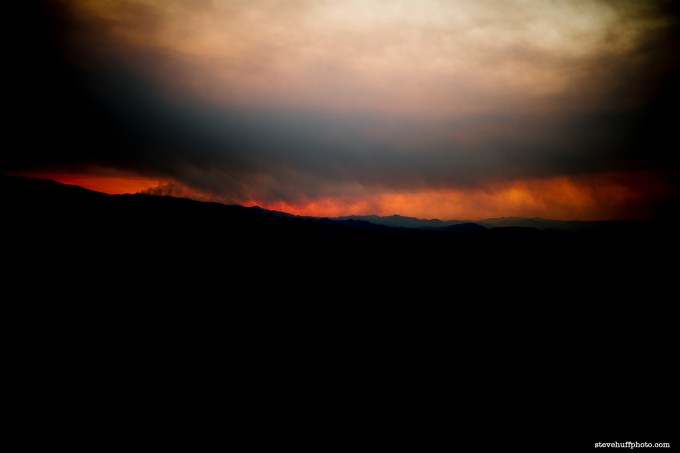
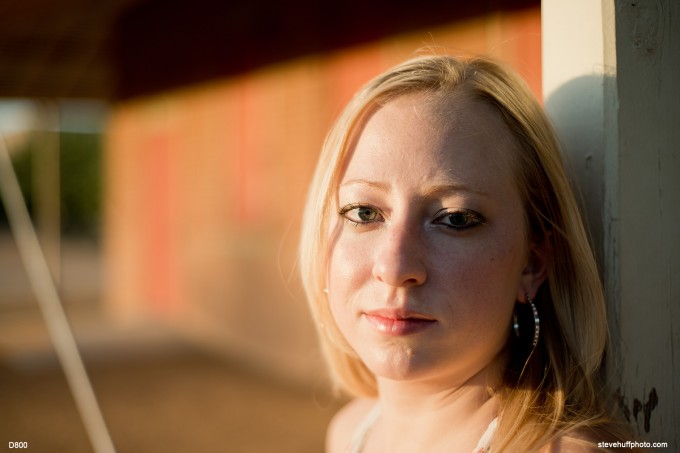
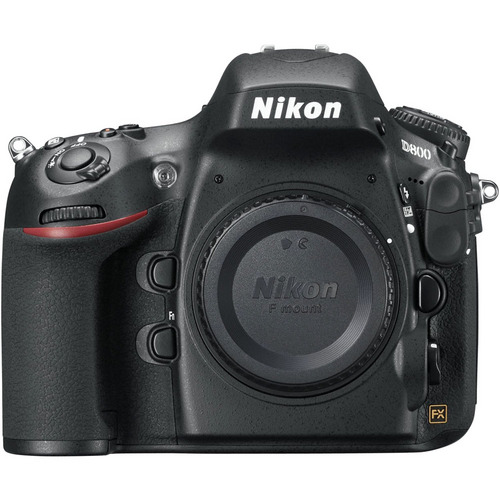
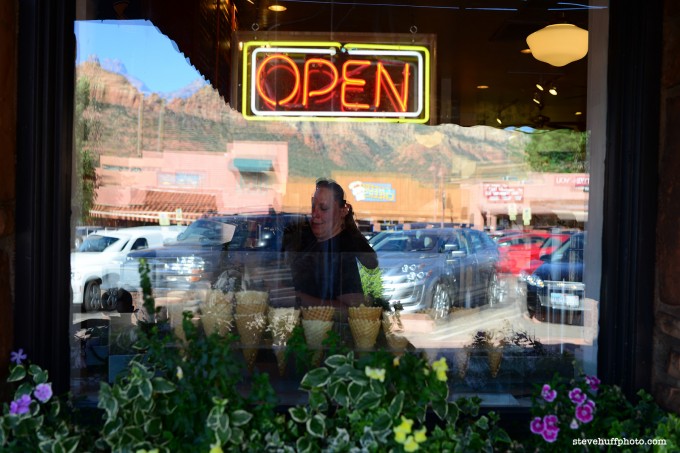
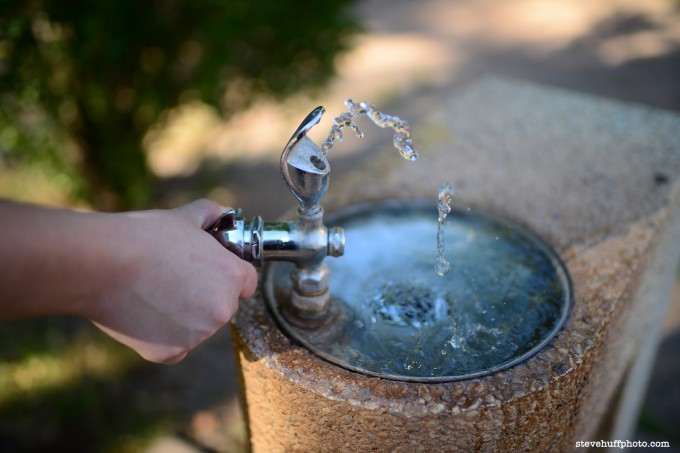
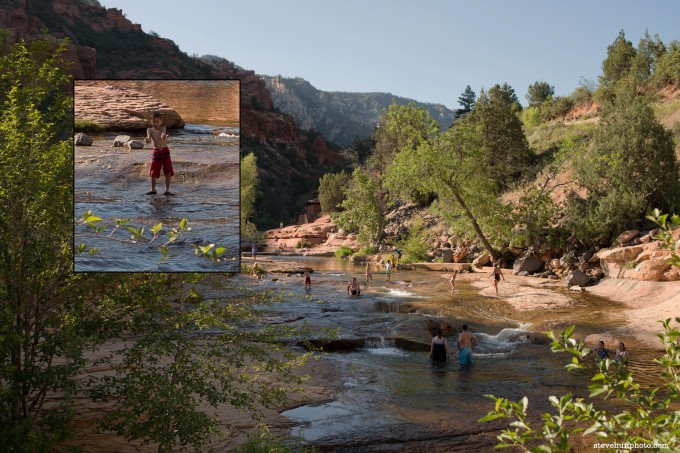
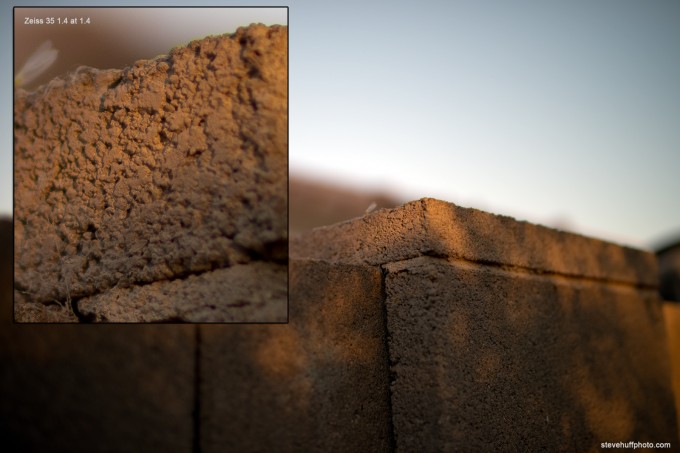
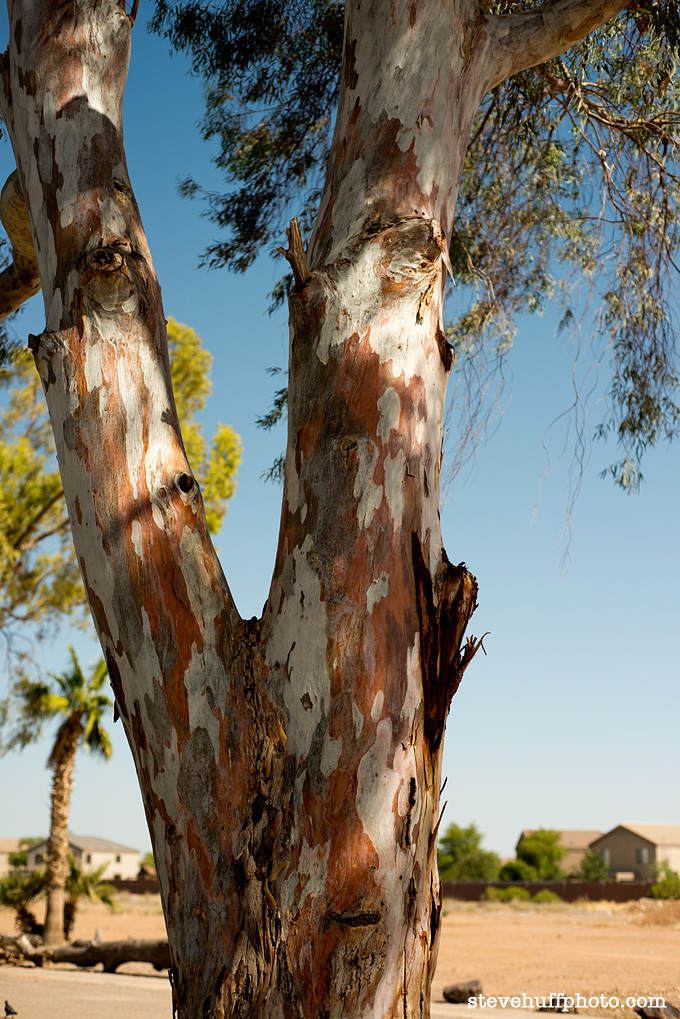
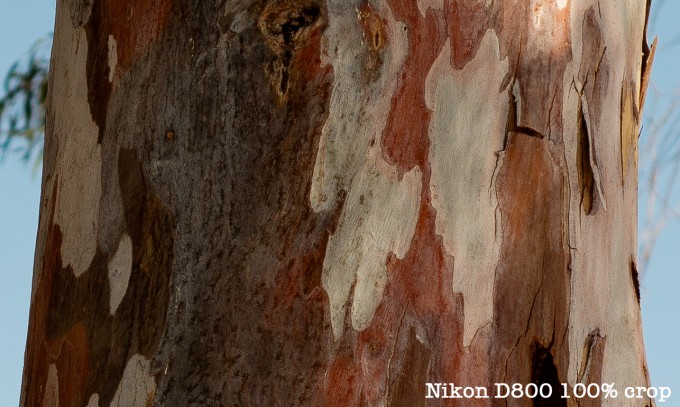
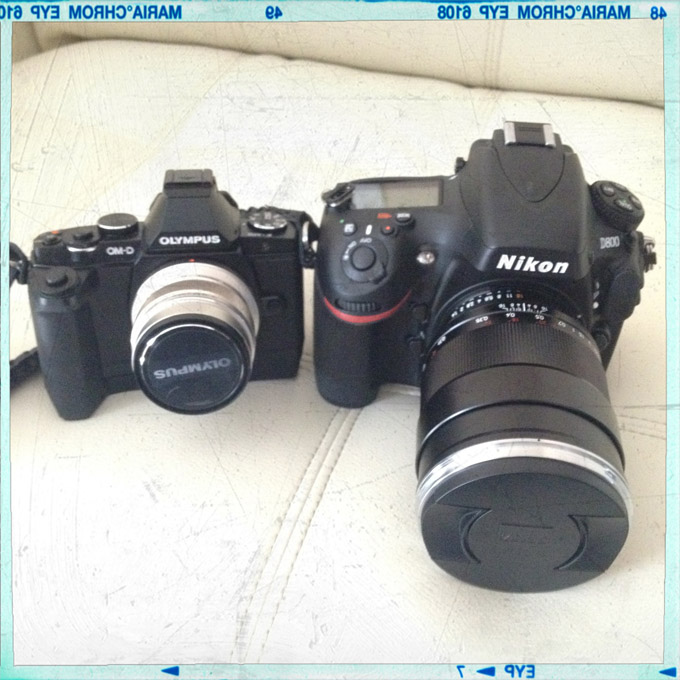
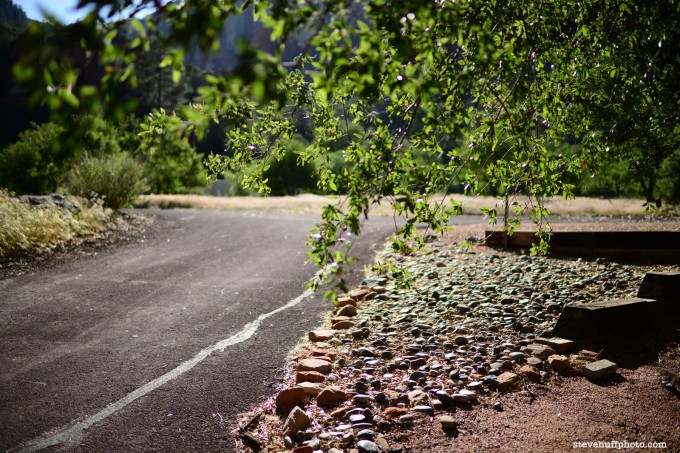
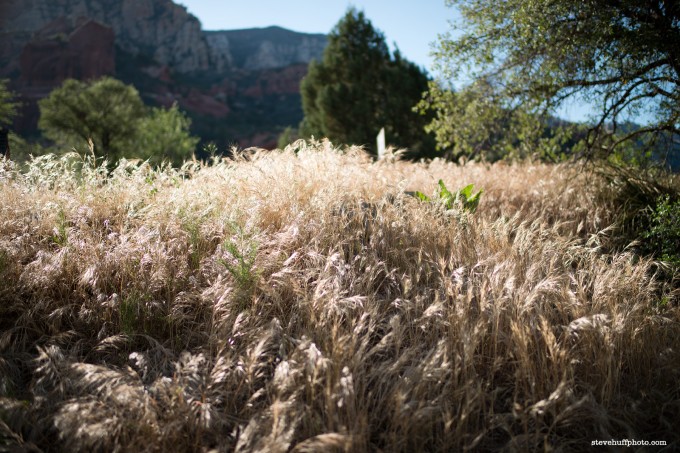
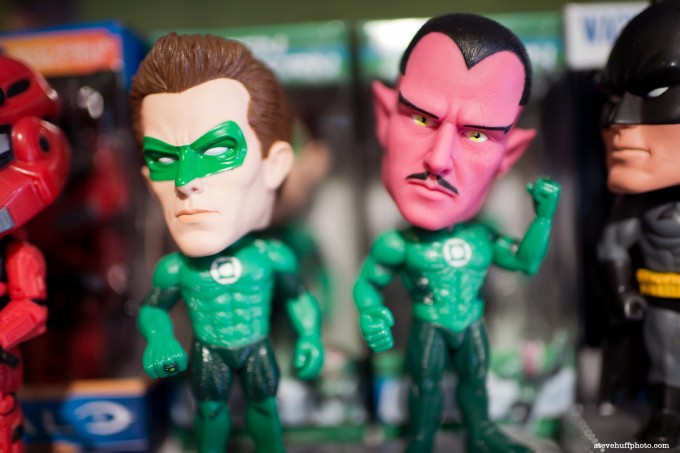
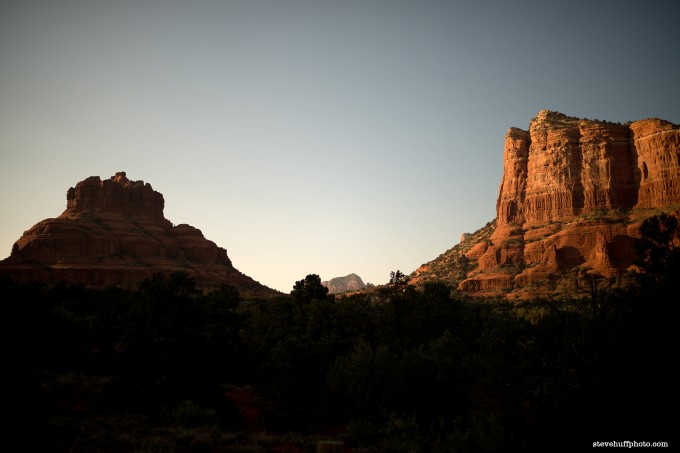
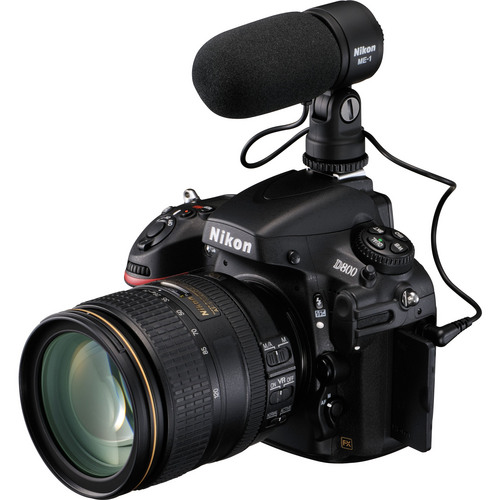
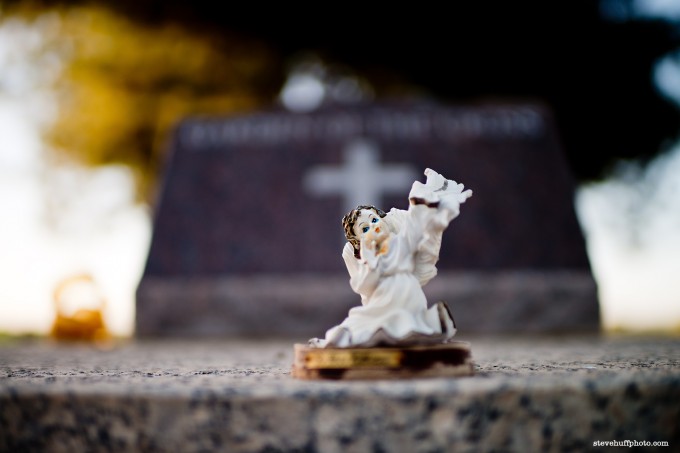
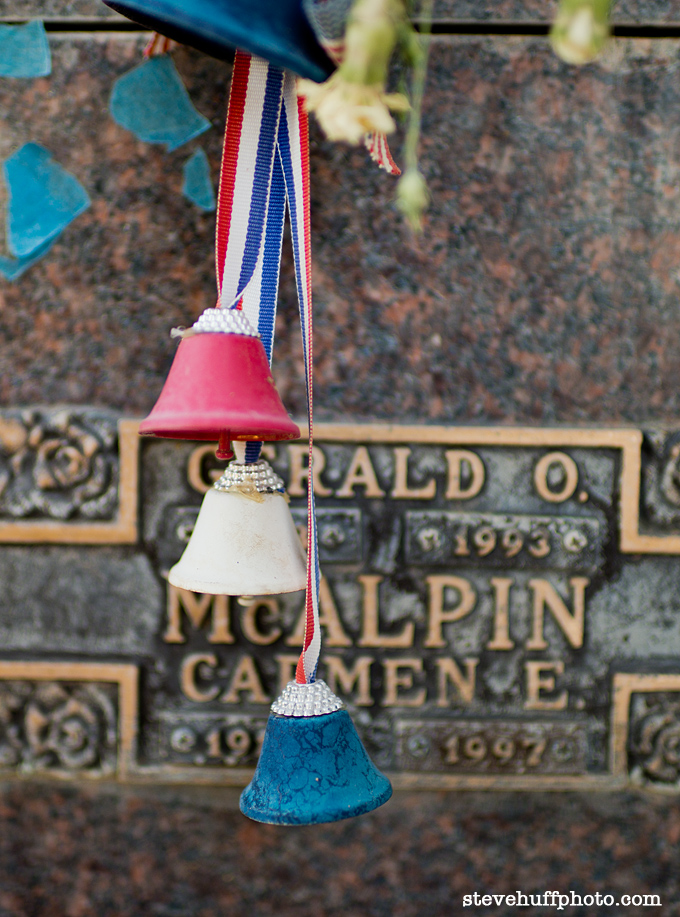
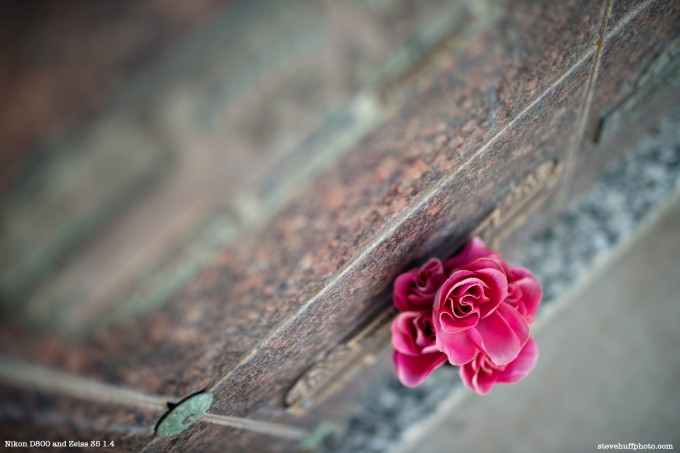
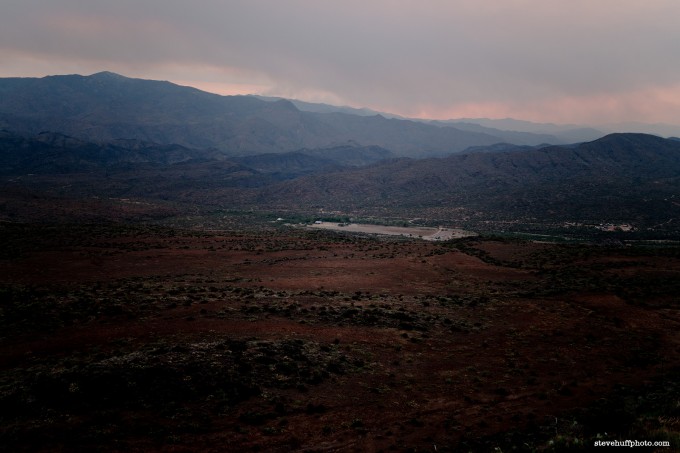
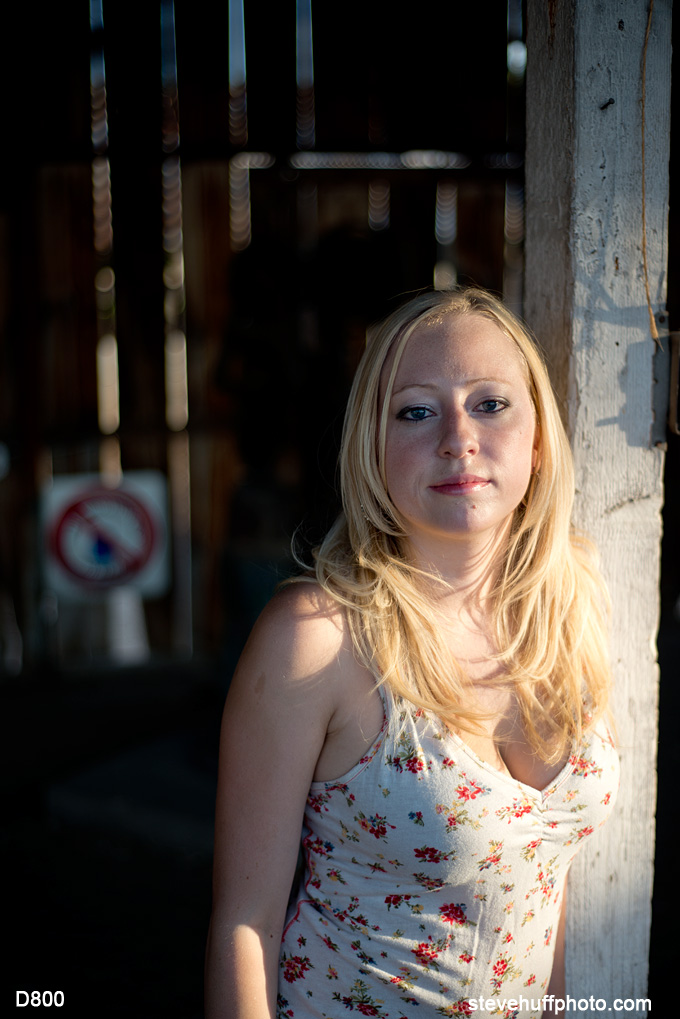



LOVE that lens, so much so that I bought one for my Canon kit. Gorgeous, especially wide-open.
I own the D800, several Zeiss lenses, and some pretty fine Nikkors. At one time I had the X Pro 1 and the Fuji X100.
The small sensor cameras are great for casual photography, and for travel. What you are neglecting in your review are the things that the D800 (and the other current full frame cameras) can do that these small sensor cameras cannot:
1. background isolation
2. really good wide angle, in low light
3. really low noise
4. enough clean resolution to crop.
The negative on the D800, apart from the weight, etc. is the need to use shutter speeds above 100 when shooting hand held. (Unless you are solid as a rock.)
I gladly accept these compromises to have the creativity available with this camera, and these lenses…
One thing I’d add to this review is that the D800 has a way of making cheap, small prime lenses look rather good again. I had just about written off my 24/2.8 and 105/2.5 until getting the D800 and now I’m back to using them regularly again, and my next project is to revisit my 50/1.8 non-D and see how that goes or if I need to go with an AF-S 50. You don’t have to go to a big zoom like in DX with the 17-55 in order to get the results you want, and that really helps solve a lot of the D800’s size disadvantage relative to DX and mirrorless bodies.
Have a D800E. It is an incredible camera. End up with very few pictures that have every pixel in clear focus. Need to shot without a tripod, using a lower quality “walk about” lens for convenience and tiny changes in automatic focus all affect image quality. On the other hand the detail in a large print with every pixel in focus is amazing.
The D800 is a dazzling camera – but alass my pocket book and spouse dictates otherwise. I shoot with a d300s a 300 f4 AFS, 400 6.8 Telyt and Its big brother 560 6.8. The d300s’s screen is less than optimal with the Telyts – any recommendations?
John
Nikons tend to shoot flat, lifeless images. It is refreshing to see some depth and nice colors from the Zeiss 35 1.4!
the first photo taken with the Zeiss lens, is (to me) one of the most mindblowingly beautiful photo I have ever seen. I’ve been into photography for many years and it should probably be something more than a tree and a road to impress me, but it was just something about the feel to it… OK, so I will absolutely put “getting that badass lens” on my bucket list.
The lady has a nice rack!
Some can do both at one time, beautiful but technically perfect.
Forget Henri.
Yeah, I keep complaining about the weight of D800 but also keep bring it everywhere.
It’s simple irresistible looking at image produced by it!
I actually bought a D800 with a Sigma f/2.8 24-70mm IF EX DG HSM (FX) for a very good price at “El Corte Inglés” of Las Palmas de Gran Canaria exactly a week ago. I’m a painter and a 3D-engineer (mesh, lighting, textures and animation) and I always was longing for an affordable digital full format camera to integrate in my work. The D800 just came like a “deus ex-machina”. I had a collection of inherited Leica-R lenses which I’m having F-mounted by Leitax at the moment to be used in studio work. I can understand that shlepping around all the time 2 kilos of road gear, for a pure photographer, can be a real challenge and a valid reason to stick to optimal cameras with a lesser resolution. But, for me, the D800 popped out to be the Swiss Army Knife for nearly all visual communication needs. I usually work in the studio on a tripod, with natural and artificial lighting and do not really need high ISO capabilities neither for photos, nor for videos. I almost always work at ISO 100 in order to avoid grain when applying heavy BW filters such as Silver Efex Pro 2. For road shots, the Sigma lens is fantastic, very responsive in autofocus and it has a bearable weight. 36,6 MP, especially when used in road shot, is extremely nifty for razor sharp printable crops.
There’s way too much made of the bulk and weight of a dslr like the d700 / d800. Yes, hung around the neck it would be too much, but that’s what the absolutely awesome BLACK RAPID straps are for!!!
I’ve carried a d700 with a 300mm f2.8 lens on my hip and barely felt it. If you haven’t tried the BLACK RAPID straps you owe it to yourself to try one. Incredible.
I have another theory I belong to the school Henri to cartier bresson he there said is an enormous difference between a beautiful photo, and a good photo, for want to buy pixel moreover, effectively the result a very beautiful photo, you rests on buttons.
There is two category of photographer, endowed with a compact he produces of very good picture, the other category of the photographers frustrated he thinks that the last one of devices, they be going to make of better work, leaves example if you have Nikon D700 and to buy you Nikon D800 no difference to make a good photo
This Camera ist just great! It’s better than I ever thought. It has nothing to do with a megapixel monster. You can shot as much pixels as you like. It’s up to you!
for day to day shooting would you prefer a k-5 with limited lenses or a d800
Hi Steve, love your site, which I have followed for quite a while now from my home in Australia. I have a D700 which I love and is now much easier to use all day since I purchased a Black Rapid Strap. I really don’t notice the weight anymore. Having said that I also recently purchased an OMD-EM5 and I have to say that I never leave home without it. My shooting rate has more than doubled and I walk around all day with it when travelling not even noticing it is there. And to say that I was impressed with the IQ is an understatement. I would though, if I can afford it have a D800E purely for landscape and portrait shots. Mate isn’t the choices we have with cameras incredible.
I’ve got my D800 on order and can’t wait to get my hands on it. I absolutely love my D700, which will now become my everyday shooter and the D800 will mostly be for weddings and landscapes. The lack of dual card slots on D700 was always concerning to me, now the chance of data loss due to memory card failure has just been greatly reduced.
I CAN’T wait to print though. 2m wide panorama’s with amazing detail …… the camera can not arrive quick enough.
Steve do you by chance have a 24mm f/1.4G with which you can test the D800? There have been some reports that the D800 has AF problems using the left or right most AF points, especially with the 24mm f/1.4G when shot at f/1.4. Have you heard anything about that?
I don’t know much but it seems that if the D800 had something like RAW, M-RAW, S-RAW options the user would have much greater control of file size and still have terrific IQ.
Just sayin’.
Coming from the NEX-7 that already is impressive in its class, the D800(E) is really a fullframe monster. I own the D800E that delivers even a tiny little bit more resolution and contrast and I see many people wondering where and when this resolution will be required. When you put prime lenses on that camera that are able to deliver that resolution, you do not have to fear cropping when you could not zoom to the desired display window right on the camera.
For me, its more the impressive dynamic range that drawed my attention to that camera. You can create phantastic HDRs just from one RAW, if you like.
You can see my first D800E impressions here.
It’s an interesting camera nonetheless, but it’s not one for me. I’d be happy with the D700 if I need a dSLR…
that picture of the heather in the light with the mountain backdrop is just wonderful. I see what you mean about the dynamic range.
Thanks for a very nice review. Great images as usual.
Sold my D700 several month ago and still awaiting the arrival of the D800 which I ordered in February 🙁 In the meantime I got a D3200 and I must say it is really great. Actually much better than I expected.
Add the very affordable but fantastic Nikon 85mm f/1.8 (which is an FX lens that can also be used on D700/D800) or the 24-70mm etc. and you are in for a treat in image quality. Even the 18-55mm VR is very nice and can produce output that is incredible for the price.
The D3200 is actually quite close to D700 IQ in many instances and with DR that it is even better. Colors are also really nice and “fat” and the camera implements a very comprehensive feature set (not quite pro functionality though).
I have always been against the megapixel race, but I’m sort of accepting this and enjoying new possibilities. You can for instance use a rather short telelens for bird photograpy or sports and then crop to achive zooming for free.
Also the possibility to crop may be an advantage in certain cases where you can’t sneak in to get closer.
The D3200 may be an alternative if you can’t or won’t buy a D800, but still want amazing IQ in a much more affordable and lighter package (it is only about half the weight of the D800).
It is not a D800 of course, but it is really, really good performance for very little money compared to the D800.
This combination is MAGICAL, PURE AWESOMENESS!
Though your first look says something like- buy at your own risk… Your pictures and the amazing dynamic range are tempting all of us to buy one (at least to dream of one). Being a ‘portrait and street’ guy mostly I guess it will be quite a good kit with Nikon’s own 85mm f/1.4 and 18-35mm wide. Yah, add a 135mm super exclusive portrait (defocus control gizmo) with it!!! SALIVATING!!! Isn’t it???
No no no, it doesn’t say “buy at your own risk”. It says if you like DSLR’s then BUY IT. I just say for ME..for ME…I wouldn’t as I would never take it anywhere due to the size and weight. It’s a beautiful camera and the color, richness and DR are amazing. An amazing camera.
That sums it up Steve. Once one gets over the “it’s too heavy, it’s too big” mantra/thing, one gets to appreciate the (image for one) quality.
Ergonomics vs the D700? I found the D700’s grip better to have it dangle by one or two fingers. But the D800 is 95 grs lighter.
Oh, and one doesn’t use a neck strap with a DSLR like that, not even with a prime (600 grs is normal). One uses a wrist strap (Gordy’s in my case). The weight (that would be 1.6 kgs) is never a problem.
Zeiss 2.0/28 on the D700: http://www.facebook.com/photo.php?fbid=3670119784493&set=a.1341329926202.49632.1019802137&type=1&theater¬if_t=photo_comment
Nice small test!
Steve how you find that Zeiss 35mm 1.4? Does it have some “artistic magic” in it?
It’s huge, heavy and an arm buster but it is also gorgeous. The Zeiss ZF lenses are all pretty much amazing lenses.
I ordered a D4, cancelled it for the D800 after reading of the reviews, realized I didn’t want to deal with the headache of such large file sizes, and switched back to the D4, which I finally took delivery of yesterday! I mostly shoot in the studio or on location with my own lighting set-up and love the all-around versatility of the D3s/D4 instead of the higher resolution D3x/D800. Much is made of the “weight” of the D3s/D4 along with DSLR lens. To me, the weight is a non-issue and the Nikon pro cameras are very well designed ergonomically. Along with my D3s and now D4, I shoot with a Leica M9 and X1 as well and weight is honestly not something on my mind when I switch from one camera system to another. I choose what is best suited for what I’m shooting that outing.
I’m with you, Steve, file size is an issue. 10-12 meg is generally enough, especially when you take into consideration how well Lightroom can do a bit of ‘expansion’.
As usual, great shots.
I thought the pixel war was dead. I think I’d rather have a good used D700 and spend the difference on excellent glass to put in front of it.
Very impressive images- ideal if you are going to produce large prints, but not so necessary for publication.
For future high res monitors 36 mp could be helpfull. For displays like the ipad but 30″ large.
Mark
While the new iPad has improved resolution, a 30″ monitor with the same resolution would be a step backwards. The new iPad has been upgraded to 1080 lines of resolution, while a good 30″ monitor will have approximtely 1600 lines of resolution, and a good 24″ monitor will have 1460 lines.
Tough you are still correct, a high resolution monitor will really show off a 36MP file.
PaulB
I have to admit, toying around with the idea of getting the X2 has me thinking long and hard about my D3. It is fast. Maybe not as fast as the new D4 – but still up there. I wish I had more pixels for wide angle shots but it does the job. Perhaps I should be putting some Zeiss glass on it – maybe that will cure my Leica longing – and I can still have clean 6400 ISO shots and lighting quick focus and write times………
The Zeiss 100mm f2 and (upcoming) 15mm f2.8 is a very tempting combo.
Decisions, decisions.
The X2 IS portable however. How does that saying go? The best camera is the one you have with you at all times???
Wait, wait! “..more pixels for wide angle shots..” ..does that mean you need fewer pixels for telephoto shots?
How do “..more pixels..” give better wide-angle shots? D’you mean so that you can crop the w/a shots later to give ‘normal’ shots, but still with plenty of detail?
The lens on the front of the camera provides the appropriate ‘view’, whether w/a, normal or telephoto. The number of pixels (or amount of grain chemistry in a film) doesn’t need to be increased so that you can capture a wider angle ..any more than you need more legs to run faster, or more legs on a ‘tripod’ on very rocky ground.
The width of image that’s crammed into a picture, and its detail – or the narrowness of an image and its detail – depends on the lens you use. In both cases, more pixels may give more detail ..but that depends on how good the lens is.
I’m too invested in Canon (and now Fuji) to make the switch, but the D800E looks to be the perfect DSLR. I’m sure Canon will eventually leapfrog Nikon but for now this is THE DSLR camera to have IMO.
I’ll wait for the D600.
The files this camera produces look great. An my eyes see the “Leica glow” 😉 Maybe because the shots were taken by a Leicaphile.
What a terrible purple fringing this Zeiss has!
It’s visible even at thumbnail size!?
@Georgi:
Which “terrible purple fringing”?
I fail to see what you mean…?! Can you please point to a specific image and the part of the image supposedly affected…
The only artifacts I have found up to now are the compression artifacts of JPG and the typical fringe effects of Bayer matrix sensors – none of them are disturbing, really.
If one wants to see significant purple fringing, one can try ‘classic’ symmetrical ultrawideangle lenses on a mirror less full frame body that does not have a programmed correction profile for the lens in question…
Steve – a really good review that echoes my thoughts. I thought my D700 was my last camera because I could make any print I needed from its files. I loved it after 20 years of thinking Hasselblad negatives were the pinnacle of travel photography. The D700 opened doors that I thought I’d never go through for a 16×20. When I printed from my new D800e I could see further into the scene. I have to reconcile myself to another computer for these files.
However, when I am asked to shoot some random party or concert for web pictures or 8×10 publicity shots, I’ll pick up the D700 every time. It only makes sense.
Great write up. I currently own a D700 and rented a ZF 35/1.4. That Zeiss lens was a dream! 1st class build quality and actually fun to use with an installed split screen on my D700. As much as I love my D700 and all the lenses (24/1.4G, 85/1.4D, 300/4), the weight and size have become too limiting for me. One of the main reasons why I love this website is Steve’s love for small and compact cameras. You can’t take great photos if you don’t use it, and sometimes I find myself leaving my D700 at home because its just too much weight to carry on vacation.
I tried the X100 (early issue) and quickly got rid of it. Much too slow for me. My wife owns a NEX-5 and that’s a great camera, but I need to have a viewfinder. Thought about the NEX-7, but recently been considering the OM-D with it’s better variety of lenses. Heck, I’ve even considered a used M8 or even M9, but feel going totally MF with a Leica would limit my shooting. I’ve got a lot to think about before totally ditching my FF Nikon D700, but the OM-D is looking more and more like a great alternative that will get me out shooting much more.
Think I’ll hold onto my D700 for now but.. stunning shots Steve! Nicely done!!
Steve,
Very balanced, short-and-sweet, review. I believe you captured the salient issues.
Peter.
I really don’t like the pics I’ve been seeing from
The d800 the colors look off it looks like hyper reality
has been turned on
I have a d700 and I like it allot I guess for me there’s also
A limit to camera tech and I think we’ve hit the wall
So just making cameras more usable and good glass is all I ask sure
Glad I didn’t sell my d700
The landscapes are some oft the most expressive images i found on your blog – there is really a magic depth in this images.
I cannot afford such expensive lenses, could you recommend a micro four-third that comes a little close to that depth ans soft bluring?
Thanks & your blog is a drug!
High resolution is not new to photography. Consider how popular medium format film was. But it is interesting how we’ve accepted the limitations imposed by our digital lives to measure the value of the resolution of a particular digital camera. A full size print from the D800 at 300dpi is just over two feet wide. That’s really not big. Unfortunately, the camera itself is a bit ungainly.
By the way, billboard images are not printed at the same high resolution we normally print with from our high end ink jet printers. When eyeballs are traveling at 35mph, there is no need to. But deriving pleasure from a beautiful photograph in your living room may make you grateful for high res stuff.
One thing I have noticed wasn’t mentioned here (though i read it fairly quickly) either in the post or the comments is the rather high dynamic range the d800 is supposed to have. Apparently this camera has the highest marks on DXO Mark of any camera tested –
From the DXO site:
“Here again, the D800 achieves the best score ever measured. The APS-C sensors of the Pentax K5 and the Nikon D7000 are surpassed by around 0.3 and 0.5 stop, respectively. No need to hesitate taking high-contrast photos with the Nikon D800!”
Apparently it scores higher than even the medium format sensors they have tested.
Since I am not a number cruncher type of photog so I don’t really know if this translates in to big noticeable differences or not but if it really does capture a much bigger range then that should really set it apart.
Did you notice a perceptible difference Steve?
I have one, and yeah the DR is crazy good. Usually people think of preserving the highlights, but this camera can pull back shadow detail that is incredible…no noise, no banding…and of course the detail is crazy. What needs to be said is that at 3x the resolution, viewing 100% can be misleading. Viewing at monitor size or in print is when you get a feel for what it can do vs other cameras.
Landscape guy here, reluctantly smitten by the crops from “fun in the river” and “tree bark”… O.K., so what about this: Put a great flat [focus] field lens on the little OM-D, stopped down to its optimum aperture range; use a tripod with appropriate articulating gizmo on top; take 4 well-calculated shots and stitch them together in the computer… and you’ve got full-frame plus at something like 64 mp. Or Try your X100 for much the same thing, if you think the larger “pixel units” will help; crop a bit on the 4 shots for the sake of your resulting field of view, or to excise some focus frame curvature around the the edges. So, NOW are we “competing” with the D800, if not the D800e?
Sure, it takes more time than just going “snap… snap”; but how does carrying the Olympus or Fuji, plus one ultralight tripod and head to WHERE THE GREAT PICTURES ARE WAITING stack up against your endurance (and results) lugging a D800 kit, especially one including the 35 f.1.4? As you say, Steve, how often do you need that much resolution? And when you get home, you can take the same little guys to a party that that evening. Soooo, what’s the technical downside to this (I’m asking — it’s not that I’m not expecting one or two)? Will that harder to define “depth” and “richness” now emerge? Or will the end result still appear “flatter” and, as some here like to say, too “digital”?
I must admit these pictures look way better than your pics with non full frame cameras. There is just a something about them that is more “film like.”
18 Mp sweet spot? D4 looks tempting.
I have the D800E and a D4.. the D4 is amazing and actually very light with a 50 1.4g or 85 1.4G
The D4 is not even close to being very light 🙂 It nay be if you are used to carrying around a D800 but when you get used to cameras like the M9, RX1, and OM-D, cameras which can meet D4 quality (M9, RX1) the D800 and D4 are beasts and turn into a chore..meaning, not fun for daily use. For pro use, yea but daily use, not so much. I had a D4 here with me for a month with the 50 1.4G. I liked the D800 much better and was so uninspired with the D4 I chose to not even review it. The shots I took with that combo were nowhere near as nice as what I got with the RX1 and D800 or my M. The D4 I see more for pro use..sports, concerts, low light, action, etc. But for daily use and overall family camera, nothing can beat a small but capable memory maker.
I carry a D3s around and the size/weight complaints are overrated. You don’t have to strap a 70-200 on it. Sure, it’s bigger than an OMD, but it’s a different tool with different features. Want to save size/weight? Use your phone.
i have a leica too. I get it. but the M series isn’t exactly compact or light either.
I think it all depends how your using it. When I’m doing an assignment I’ve got not problem with 2 D3’s, 24-70, 70-200, SB900’s etc. Heavy to a degree but I can certainly manage to work all day no problems.
However, thats when I’m in work mode, and also getting paid. If I’m out a family vacation I probably don’t want that type of weight, nor could I really carry it all on a plane etc.
I suppose its like a police officer. They can wear a 8+lb gun belt on duty all day, and its fine, but would anyone want to have 8lbs on them when hanging out at a backyard bbq ? Probably not.
I got an EM-5, the latest in many smaller cameras I’ve tried and its so much nicer to travel with. I can actually carry clothes and my camera gear in a carry on bag. Way different than having a 20lb backpack full of high end DSLR gear and hardly room for even a touthbrush LOL
Steve, great and balanced review. I decided against the D800(E) and kept my beloved D700, for money and file size reasons. The D700 doesn’t disappoint in any way. The D800 is 100 grs lighter though… 🙂
Image wise: I didn’t scrutinize all images posted, but that “Open” image really is great. What amazing “fluid” detail and IQ.
So that’s what 36 Mp can do…
There’s of course no way any of the cameras you mentioned can come close to this sort of quality (regardless of whether you need or want it), and the Zeiss plays a hefty role in that result.
Remember, this was just a 1st look, not a review. Didn’t have enough time with it to evaluate it for a proper review. Thanks
Well, your first look “looks” pretty thorough!
Well no matter which camera you review, the pics you take are always fabolous ! And the blond girl too 😉 Thanks Steve and cheers
Amazon just notified me that the D800E I ordered in March will be arriving in 2 weeks. I can’t wait. I can sure use the resolution, too. More and more I’m getting requests from clients for prints 17×22 and larger.
I actually ordered one, but then changed my mind. I use my D700 for work, and decided I don’t really need (or want) the huge files of the D800. With the D700, the black Fuji X100 + a Panny GX1 get by nicely. Maybe when I retire and perhaps take up landscape photography again I might get something like that. The files I have seen look fantastic, I must say. The resolution is mighty impressive.
So wait, do you need this much resolution Steve? 😉
Loved my D700 , however – simply cannot shoot our clients w a camera that has only one media slot . I do shoot the D800 , love it as well as my D3s .
The M9 , yep that’s for the real fun stuff.
Nice pics but not worth the cost or weight IMO. Like you said, they were printing billboards at 4mp.
At what level does a Digital Camera produce images with so much pixel detail, that it’s inable to physically print this out, meaning the only way to see it is to look at it 100% on a monitor?
The resolution requirements for printing billboards is extremely low. 10-30 dpi, owing to the huge viewing distances. It is completely irrelevant to discuss 4MB files used for billboard printing when discussing a camera to be used for ‘more practical purposes.’